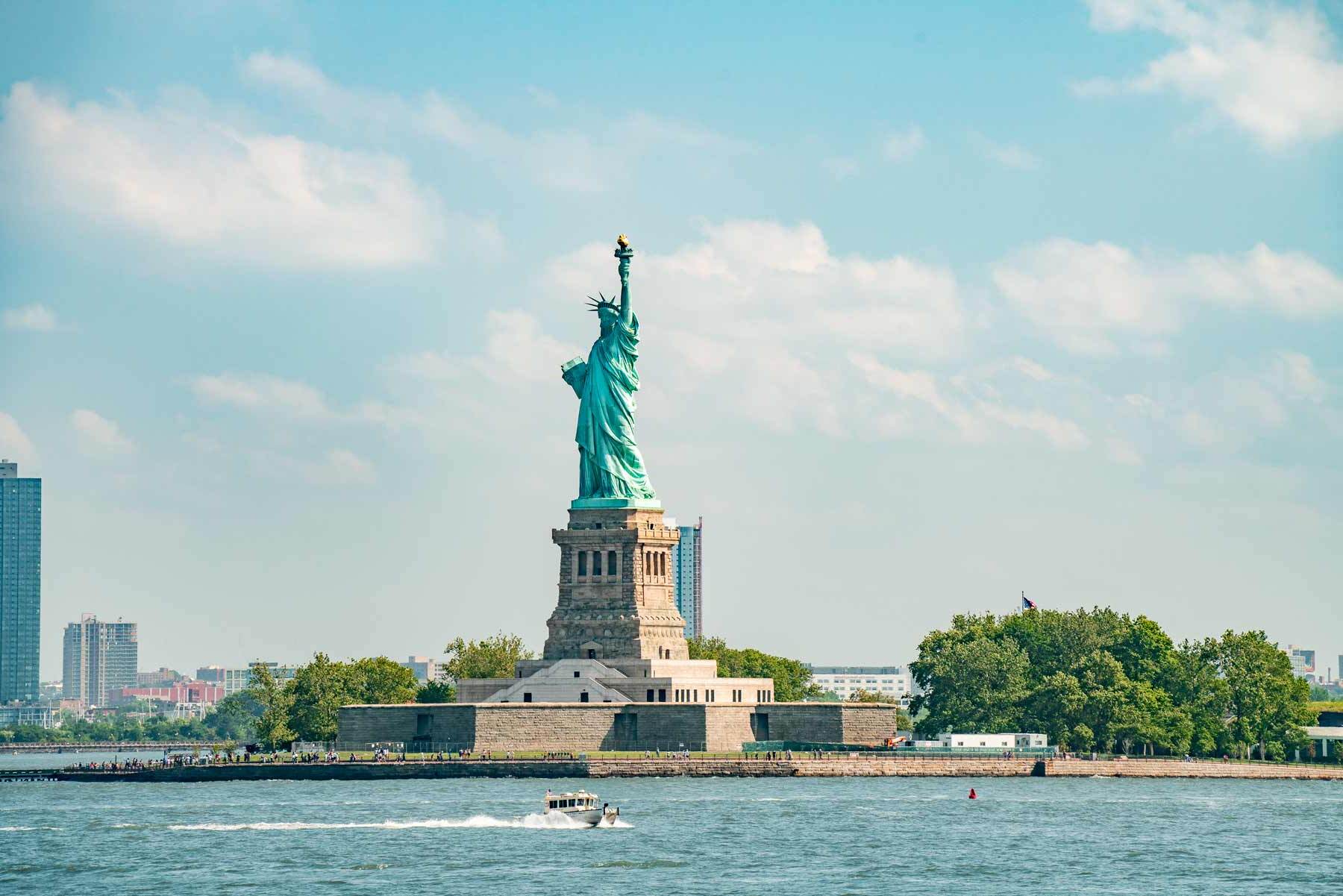
Historic landmarks hold stories that span centuries, offering glimpses into the past. These sites aren't just old buildings or statues; they are windows into history. From the Great Wall of China to the Statue of Liberty, each landmark has a unique tale. Ever wondered why the Eiffel Tower was almost torn down? Or how the Colosseum in Rome survived earthquakes and stone thieves? These landmarks have witnessed revolutions, celebrations, and daily life. They connect us to our ancestors and remind us of our shared heritage. Ready to uncover some surprising facts about these iconic sites? Let's dive into the fascinating world of historic landmarks!
The Great Wall of China
The Great Wall of China is one of the most iconic landmarks in the world. It stretches across northern China, showcasing the country's rich history and architectural prowess.
- The Great Wall is over 13,000 miles long, making it the longest wall in the world.
- Construction began in the 7th century BC and continued for over 2,000 years.
- Contrary to popular belief, the wall is not a single continuous structure but a series of walls and fortifications.
- It was primarily built to protect against invasions from nomadic tribes.
- The wall is made from various materials, including earth, wood, bricks, and stone.
The Eiffel Tower
Standing tall in Paris, the Eiffel Tower is a symbol of French culture and innovation. This iron lattice tower attracts millions of visitors each year.
- The Eiffel Tower was completed in 1889 for the Exposition Universelle, a world fair celebrating the 100th anniversary of the French Revolution.
- It was initially criticized by many prominent artists and intellectuals for its design.
- The tower stands at 1,083 feet, making it the tallest structure in Paris.
- It was the tallest man-made structure in the world until the completion of the Chrysler Building in New York in 1930.
- The Eiffel Tower is repainted every seven years to protect it from rust.
The Colosseum
Located in the heart of Rome, the Colosseum is an ancient amphitheater that once hosted gladiatorial contests and public spectacles.
- The Colosseum could hold between 50,000 to 80,000 spectators.
- Construction began under Emperor Vespasian in AD 72 and was completed in AD 80 by his son Titus.
- It is estimated that over 500,000 people and more than a million wild animals died in the Colosseum games.
- The structure has suffered damage from earthquakes and stone robbers over the centuries.
- Despite this, it remains one of the best-preserved ancient monuments in Rome.
The Pyramids of Giza
The Pyramids of Giza in Egypt are some of the most recognizable structures in the world. These ancient tombs have fascinated historians and tourists alike for centuries.
- The Great Pyramid of Giza is the oldest of the Seven Wonders of the Ancient World and the only one still largely intact.
- It was built as a tomb for the Pharaoh Khufu and took about 20 years to complete.
- The pyramid was originally covered in casing stones made of highly polished Tura limestone, which made it shine brightly in the sun.
- The alignment of the pyramids is remarkably precise, with the Great Pyramid's sides closely aligned with the cardinal points of the compass.
- The construction techniques used to build the pyramids are still a subject of debate among historians and archaeologists.
Machu Picchu
Machu Picchu, nestled high in the Andes Mountains of Peru, is an ancient Incan city that remains a mystery to this day.
- Machu Picchu was built in the 15th century and later abandoned in the 16th century during the Spanish Conquest.
- The site was brought to international attention by American historian Hiram Bingham in 1911.
- It is believed to have been a royal estate or a religious site for Inca leaders.
The Final Word on Historic Landmarks
Historic landmarks offer a glimpse into the past, showing us how people lived, worked, and built their societies. From the Great Wall of China to the Pyramids of Giza, these structures stand as testaments to human ingenuity and perseverance. Visiting these sites can be a powerful experience, connecting us to history in a tangible way.
Whether you're a history buff or just curious, exploring these landmarks can enrich your understanding of different cultures and eras. They remind us of our shared heritage and the incredible feats humans can achieve. So next time you plan a trip, consider adding a historic landmark to your itinerary. You'll not only see a piece of history but also gain a deeper appreciation for the world we live in today.
Was this page helpful?
Our commitment to delivering trustworthy and engaging content is at the heart of what we do. Each fact on our site is contributed by real users like you, bringing a wealth of diverse insights and information. To ensure the highest standards of accuracy and reliability, our dedicated editors meticulously review each submission. This process guarantees that the facts we share are not only fascinating but also credible. Trust in our commitment to quality and authenticity as you explore and learn with us.


